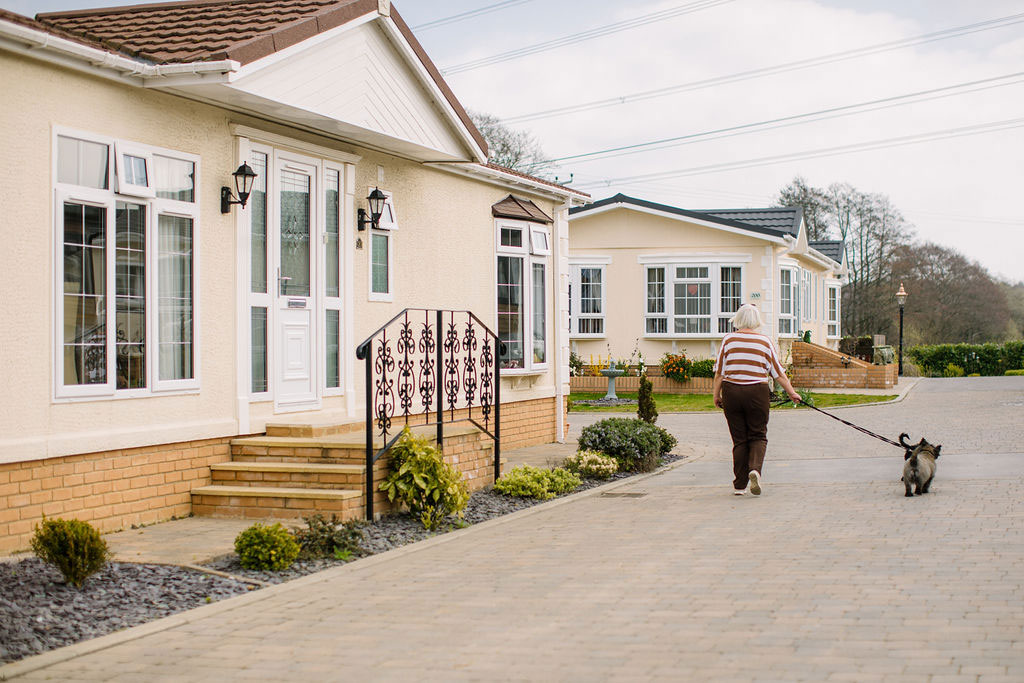
As park home specialist Quickmove Properties celebrates its 25th year in the silver downsizer sector, the company has looked back at the history of park homes. They show how they have evolved over the years from static caravan-style units to the increasingly popular luxury lifestyle choice for the nation’s downsizers.
Believe it or not, park homes have been manufactured for residential purposes for over sixty years. David Pleszko, the founder of one of the largest UK manufacturers, Omar, made his first residential home back in 1961.
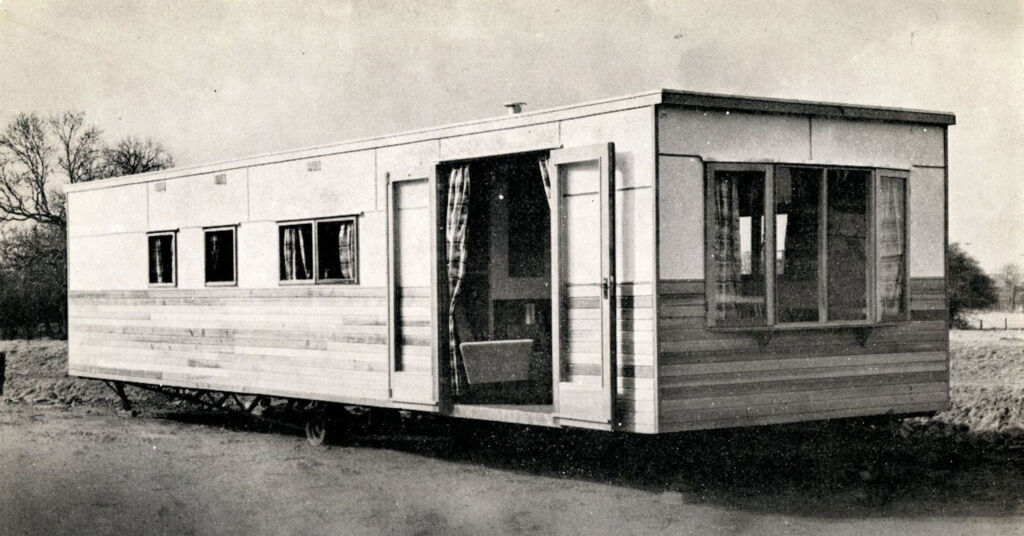
However, at that time, park home sites were largely makeshift fields with no proper infrastructure, such as roads or rubbish disposal to serve residents, and homes were a far cry from today’s durable and luxurious units.
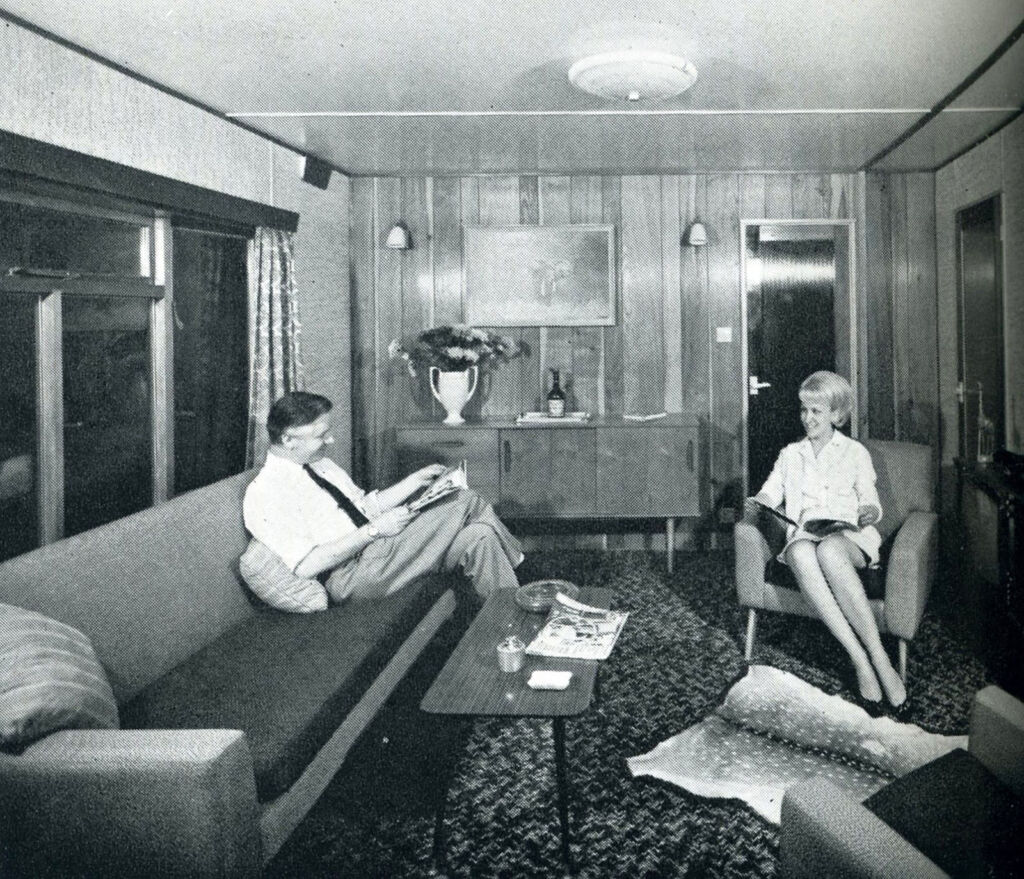
By 1968, the first twin-unit homes were introduced, providing larger living spaces to meet growing popularity.
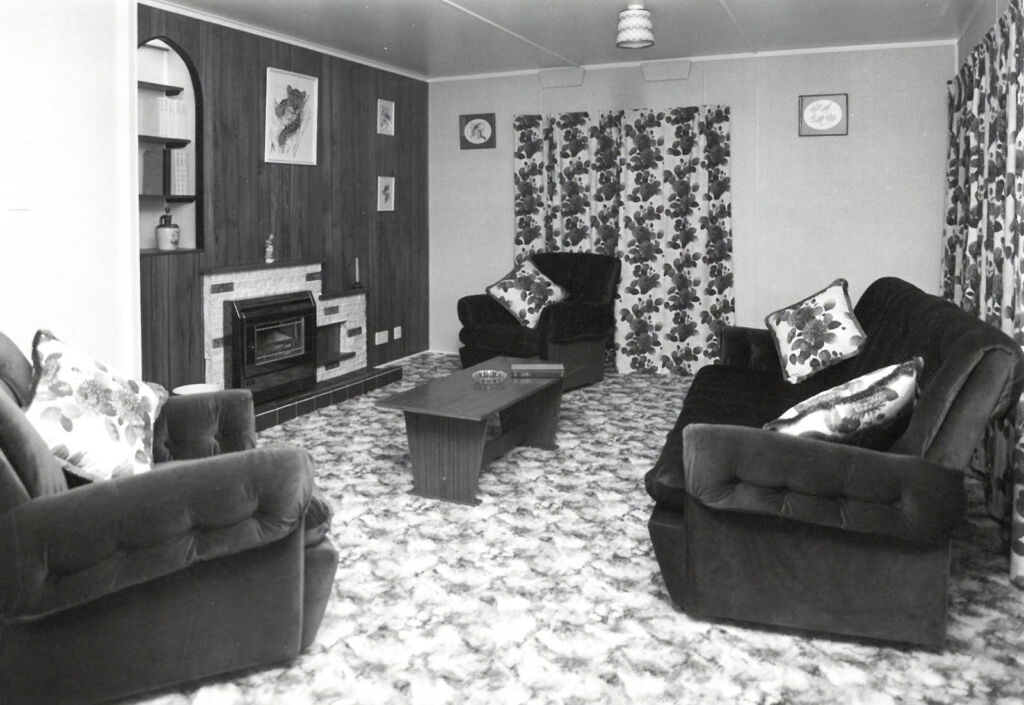
By the early 1970s, the classic caravan-shaped park home was scrapped in favour of homes boasting full-feature window bays. Also, many residential developments were being converted from their original use as holiday parks, meaning they came fit for purpose in terms of infrastructure and amenities, but also were set in some beautiful, lifestyle-enhancing locations.
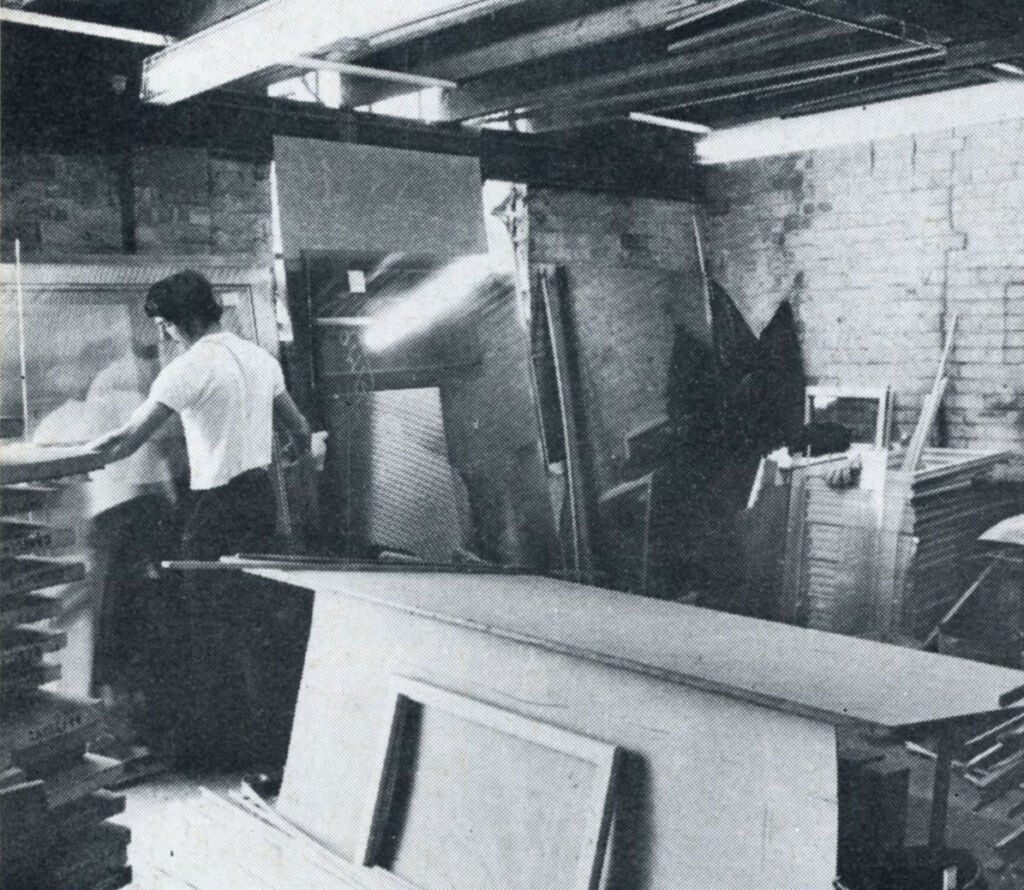
During the 1980s, park home manufacturers changed their materials and used wooden cladding rather than aluminium. This saved time, and manufacturers were producing four homes a month.
In the 1990s, the park home lifestyle became very popular, and a shift in the market meant more affluent people buying into the concept, and more residential parks were opening with premium quality homes available.
A decline in new-build bungalows also drove growth. At the end of the last century, 7% of all new homes constructed were bungalows, but this has fallen to just 1% in recent years, meaning park homes fill a gap in the market that is only growing wider.
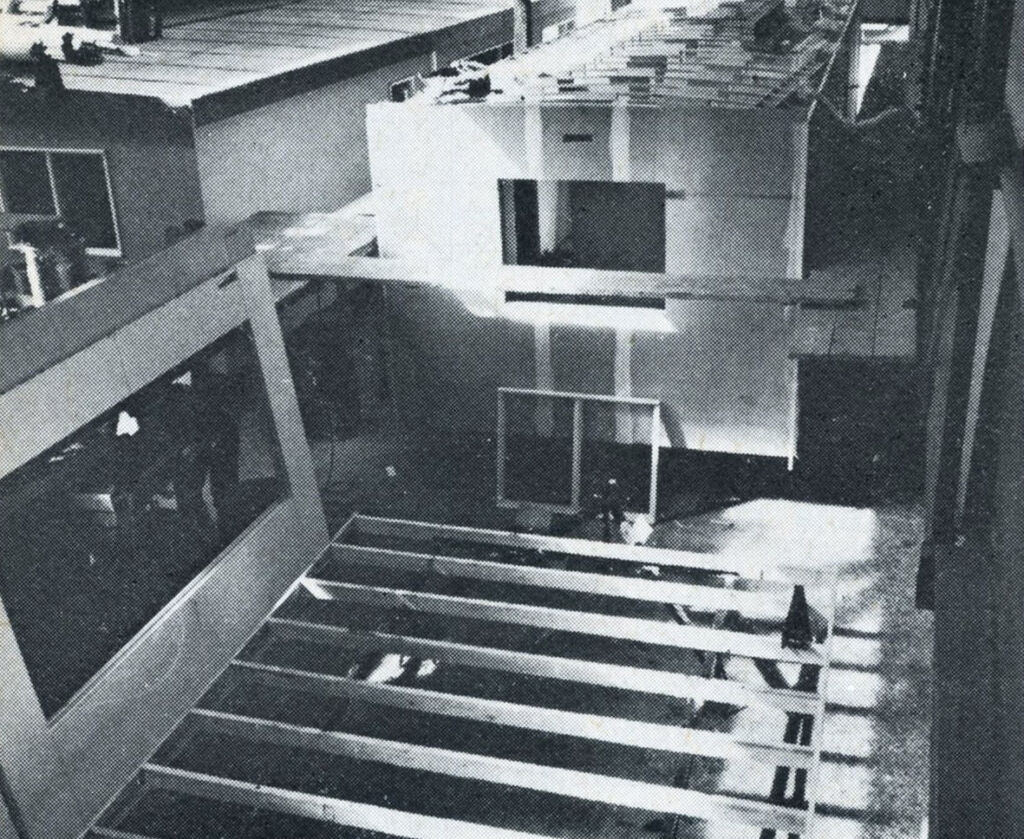
Since then, park home building methods and materials have evolved even further to ensure that the living experience is as close to its brick-and-mortar counterpart as possible, with modern construction techniques and state-of-the-art appliances and furnishings.
In fact, the current British Standard for residential park homes, BS3632, ensures that park homes are built with energy efficiency at the forefront. Homes built to this standard benefit from improved insulation, thick walls, ventilation, double-glazed windows and a low-energy-use heating system, which means they are warm in winter and cool in summer.
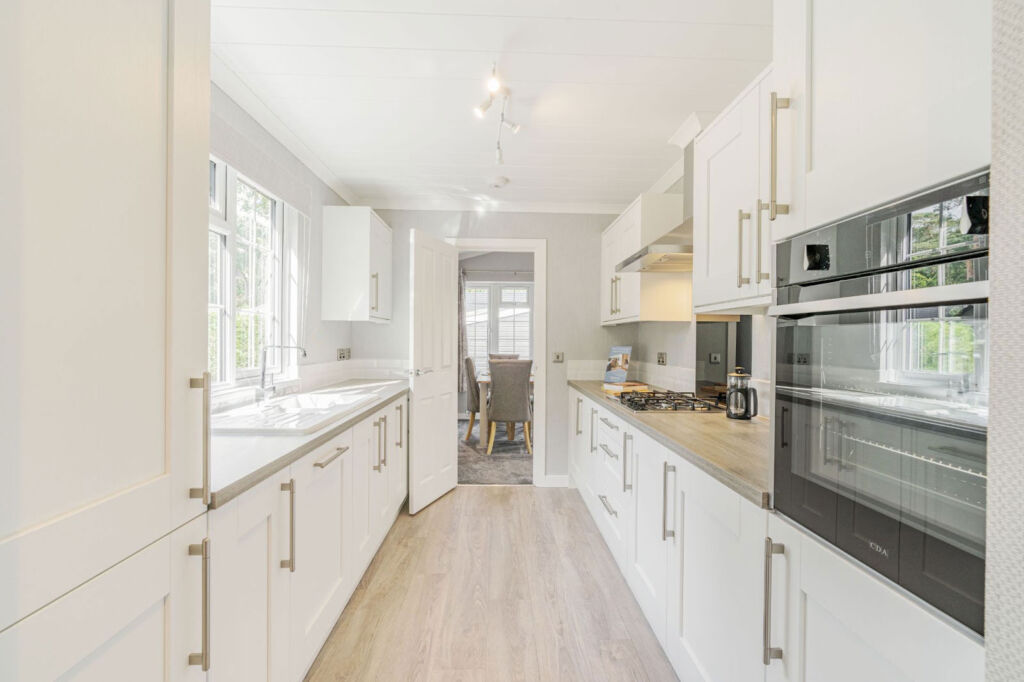
Today’s park homes are built to such a standard that it’s estimated they can last as long as 80 years when maintained correctly.
Modern park homes are also an affordable option for silver downsizers. When Quickmove Properties launched 25 years ago, the inflation-adjusted price of a new brick-and-mortar property was just £105,766.
Today, it sits just shy of £290,000, and with the average price of a new park home coming in at £215,493, they can provide a far more affordable option for those looking to downsize while maximising the equity built up within a buyer’s bricks and mortar home.
The modern-day high-end park home offers style, comfort and all the mod-cons expected of bricks-and-mortar houses. Downsizers can also move easily thanks to property part exchange programmes. These allow buyers with a house to sell to make their move without the delays, chains and stress of selling on the open market.
Despite the huge advances in park homes seen over the last sixty years, it’s fair to say the sector remains Britain’s best-kept property secret, and who knows what advancements will come over the next 60 years.
Sales Director at Quickmove Properties, Mark O’Dwyer, commented, “The park home sector has changed dramatically in the 25 years that Quickmove Properties has been operational, and unrecognisable since the 1960s when the first residential park homes were manufactured.
While the core offering has remained in terms of the value associated with a park home purchase, the sector has embraced new building technologies, with new park home models for different tastes and lifestyles, with greater emphasis on providing luxury and style.
Over the years, we’ve seen housebuilders move away from building new bricks and mortar bungalows, so it’s little wonder that many older homebuyers are turning to the modern park home lifestyle.”
*Images sourced from Quickmove Properties and Omar Group.
Read more property news and features here.
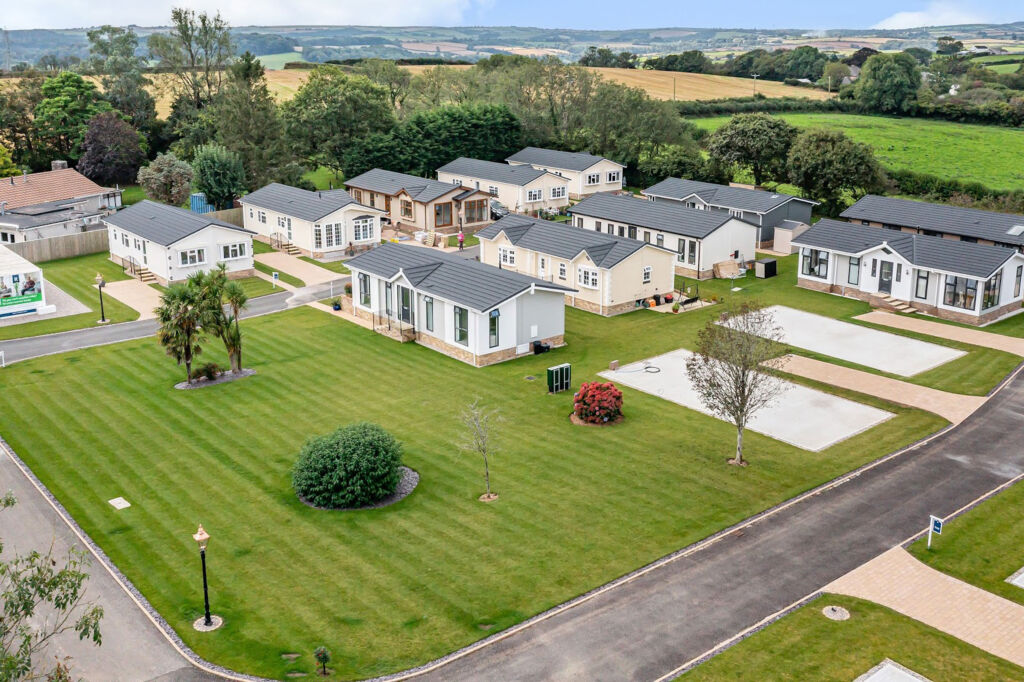
![]()

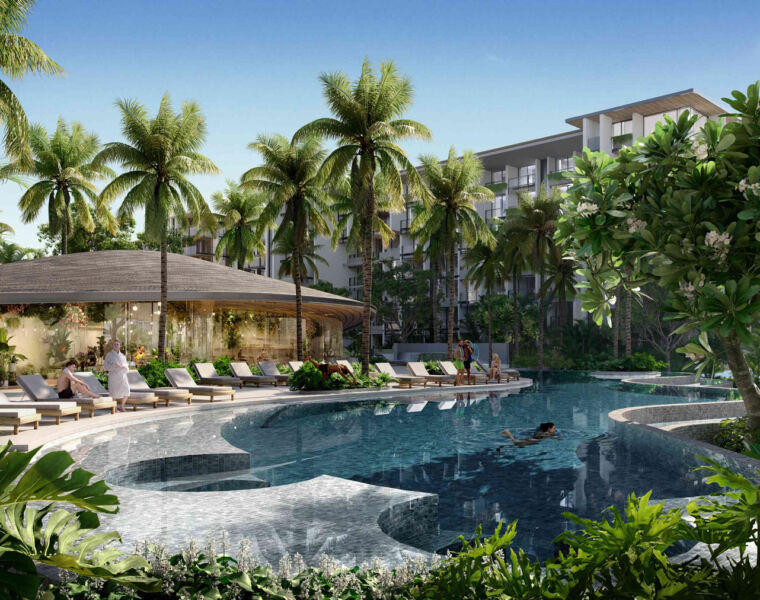
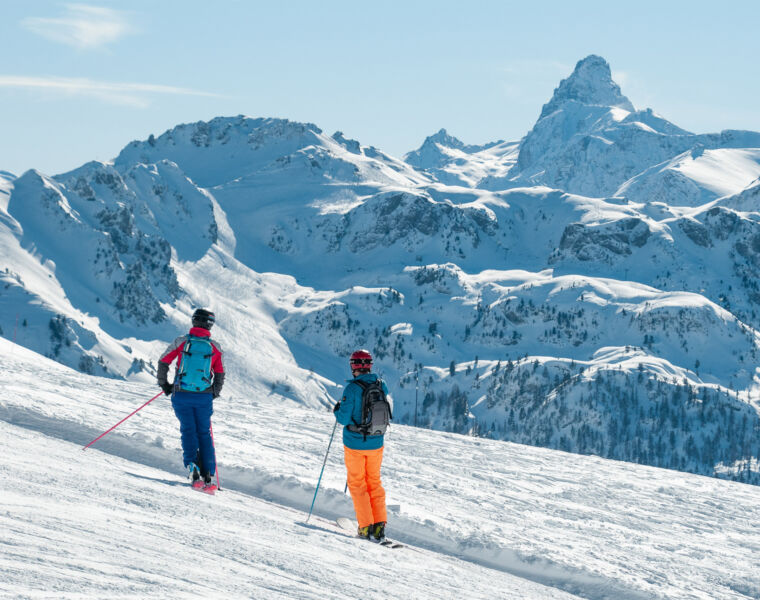

You must be logged in to post a comment.